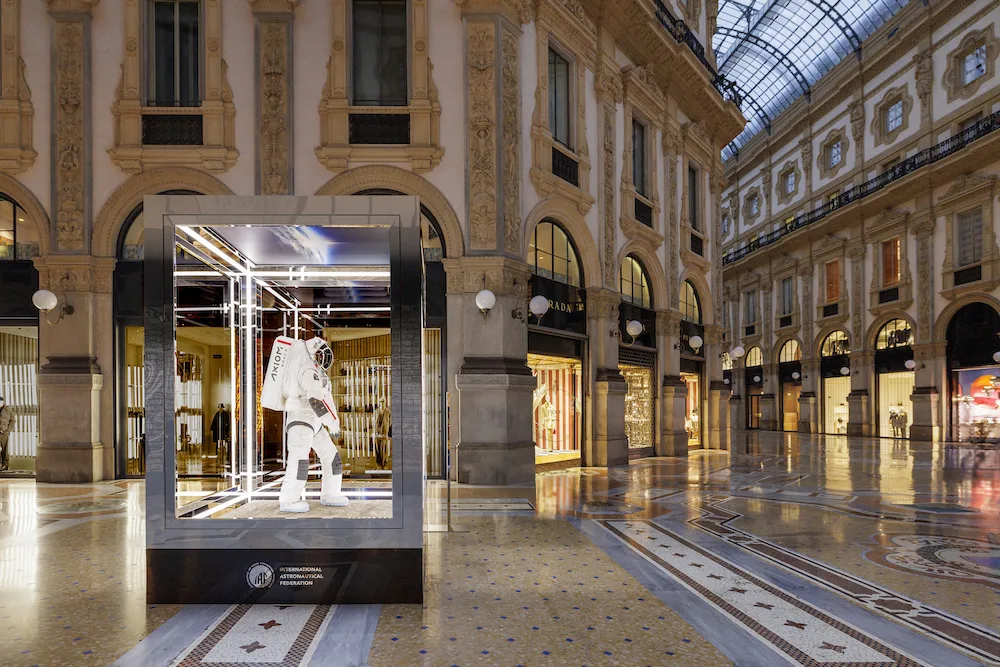The exhibition A World of Care: Turner and the Environment illustrates the environmental and social developments of the 19th century that changed Britain and the world’s climate forever through the art of J.M.W. Turner. It is the first time that his work has been displayed with such a theme in mind, where it becomes noticeable that his paintings are representations of the changes in the landscape and atmosphere, depicted in plumes of smoke, burning furnaces, urban sprawl, deforested landscapes, overfishing and extreme weather.

Shields on the River Tyne, engraved by C. Turner, 1823. © Tate. A scene showing the use and burning of fossil fuels by “keelmen” who were often required to work 24 hours a day on ships.
If you journey out of central London on one of the tributary railway lines that structured the south-west environs of the city in the later part of the 19th century, you will come across the relatively unknown station of St. Margrets. The area was – until the arrival of the locomotive – a rural backwater of the rapidly growing metropolis. The exhibition at Sandycombe Lodge, the artist’s former home near St. Margret’s station, is a study of Turner capturing the industrialisation of the world around him, and in the mix and myriads of colours of his creations, how countryside and meadows were consumed into the fire and smoke of machine-made progress.
Sandycombe Lodge, originally called Solus Lodge, was intended as a country retreat, and as a home for his father. Designed by the artist, with influence from his friend Sir John Soane, and built-in 1813, the artist lived there from 1814 until 1826 as a rural idyll. It is the only surviving building designed by Turner. The house is small and modest, beautifully restored, and a fitting reminder of what life was like for the artist during his rise to fame. The art that is on display is on loan from the Tate and various private collections.


Turner’s house was at 40 Sandycoombe Lane in 1812 (left) and is still open today. Left, print from a watercolour by William Havell, 1814. © Lucinda MacPherson.
It is telling that Sandycombe Lodge is now part of Greater London. What was once a scenic view from the back windows to the river Thames, is now a swathe of housing and offices, with the ability to watch planes on approach to Heathrow. Cleverly, superimposed on the back window of the house is an artist’s impression of what Turner would have seen, against what exists now.
The exhibition A World of Care: Turner and the Environment, is on the upper floor of the house, ordered around themes designed to illustrate how the artist depicted the early visible signs of environmental change. The first is “Pollution”, where the pictures are of the “murky veil” over the cities in England. The exhibition points out that in the 19th century, pollution was not necessarily seen as a negative, as it indicated prosperity. For Turner’s exhibition of London in 1809, he composed a poem that described how the landscape of the city had changed, the final line of which gives the current show its title: “Save where thy spires pierce the doubtful air, As gleams of hope amidst a world of care.”

A representation of how natural disasters are capable of destroying society’s achievements, Fire at the Grand Storehouse of the Tower of London, watercolour by J.M.W. Turner, 1841. © Tate.
Next comes “Industrialisation”. During the early 19th century, the cities grew at an accelerated rate, with people migrating to work at the newly established factories. Coupled with industrialisation are other themes, such as fossil fuels, deforestation, species loss, and global warming. The final theme, “Transport”, finds a constant depiction in Turner’s most famous paintings, from the arrival of the railway locomotive in Rain, Steam, Speed, where a train chases a hare out of the mist, to his most admired piece, The Fighting Temeraire in which the pride of the Royal Navy’s sailing fleet, essentially an environmentally friendly form of travel, was being hauled away for scrap by a small engine-driven tug boat, the very embodiment of the industrialisation around him.
As the world currently searches for conservation and carbon neutrality, A World of Care: Turner and the Environment, is a timely reminder of how two centuries after Turner observed the effects of man-made changes on the lives of people and the environment around him, the consequences affect us all to this day.
Author: Dr Andrew Hildreth
A World of Care: Turner and the Environment
Sandycombe Lodge
40 Sandycoombe Road, Twickenham TW1 2LR
Opening times: From July 6th until October 27th, 2024. Wednesday to Sunday 12 pm to 4 pm (guided tours at 12:30 pm, 1:30 pm, and 2:30 pm only when a guide is available). Buy your tickets HERE.
Opening image: excerpt from “Sunset”, oil on canvass, by J.M.W.Turner, 1830-35 © Tate

















Show Comments +